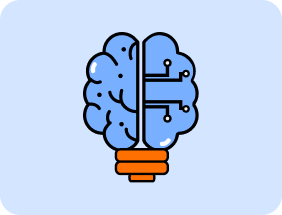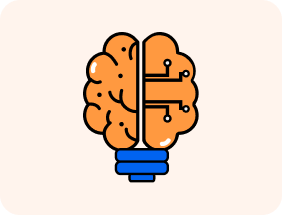- Home
- Solutions
- Join Community
- Methodology
- Limited Offer
-
Pricing
- More
What is the Activity?
The Research Article Review Presentation is a group-based activity where learners analyze, critique, and present academic research papers. Each group selects a research area such as sustainability, technology, leadership, or health, then chooses the type of study, quantitative, qualitative, case study, or theoretical.
The focus may vary, methodology, data analysis, literature review, or findings, depending on the learning objective. Teams critically evaluate the strengths and weaknesses of the article, highlight methodological soundness, discuss the reliability of data, and assess the significance of the findings.
The output is a structured presentation where each group summarizes the article, presents their critique, and offers recommendations. This activity combines analytical depth with teamwork, making it ideal for strengthening academic reasoning, peer learning, and communication skills.




 Individual
Individual
 Learner
Learner Mentor
Mentor Organisation
Organisation
 Learner
Learner Mentor
Mentor Organisation
Organisation





